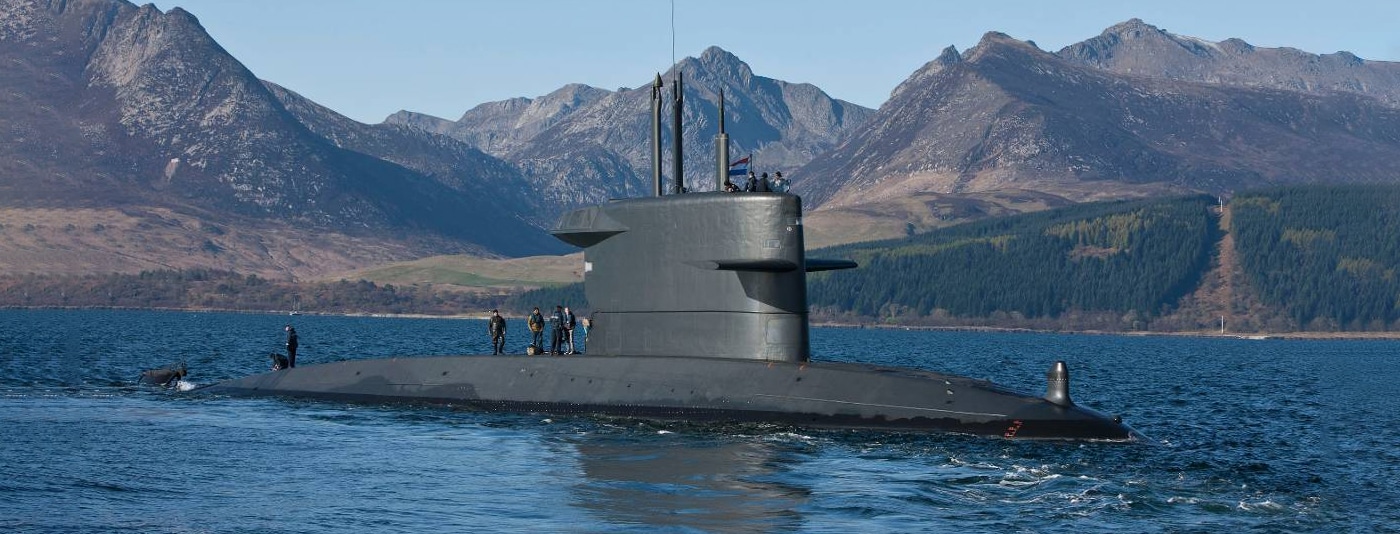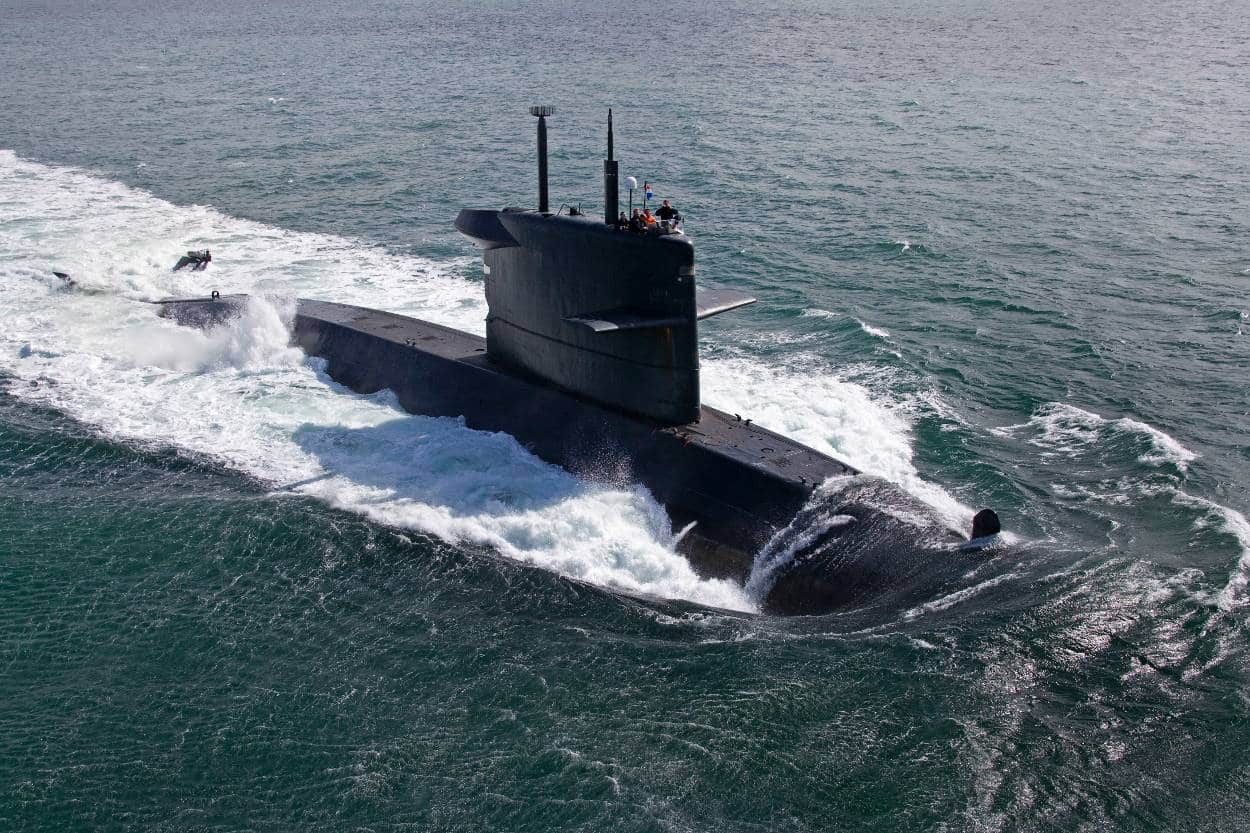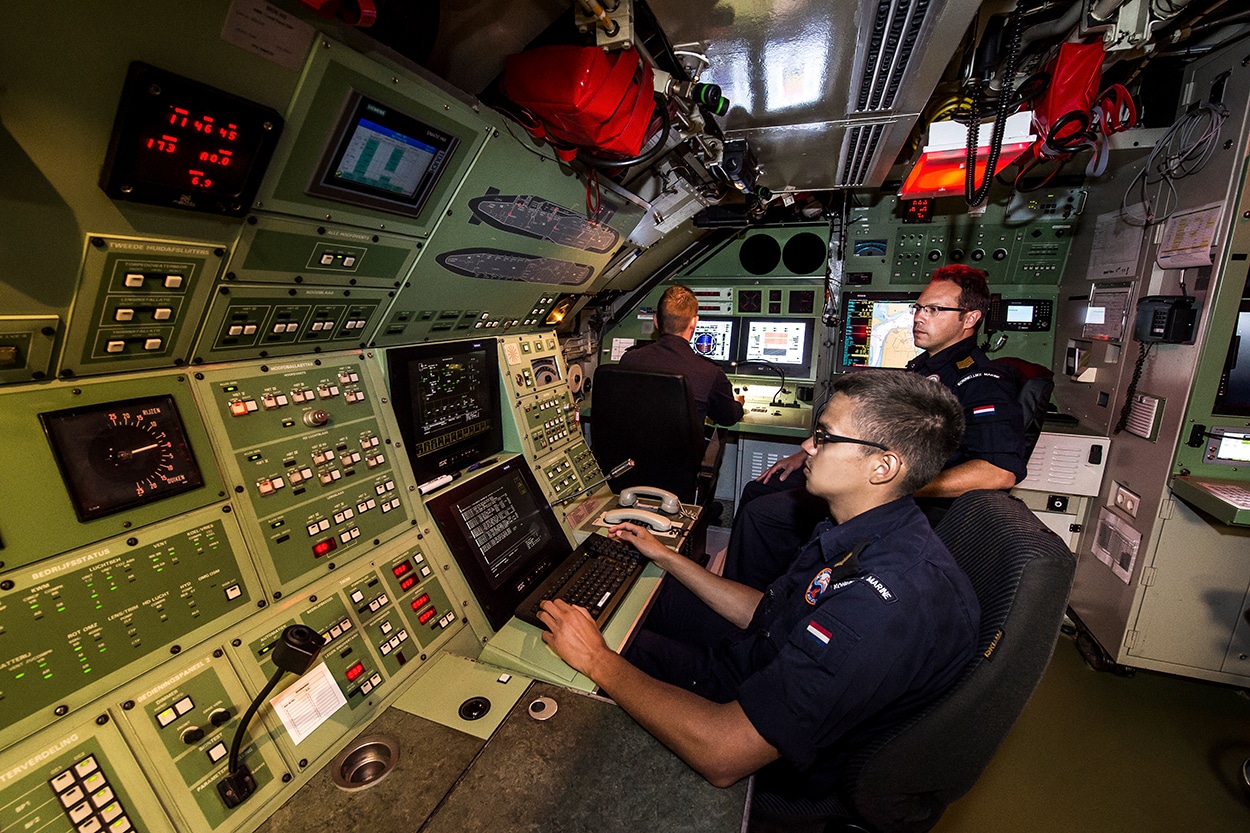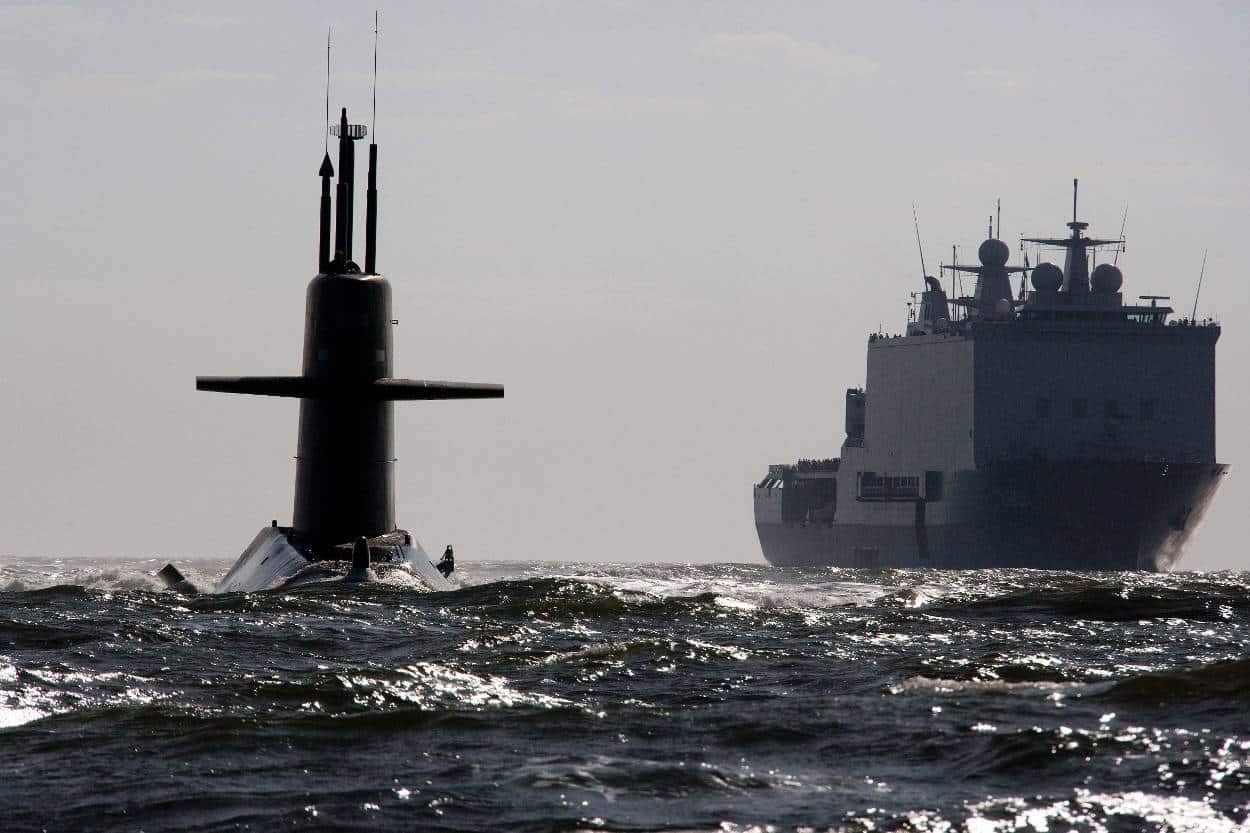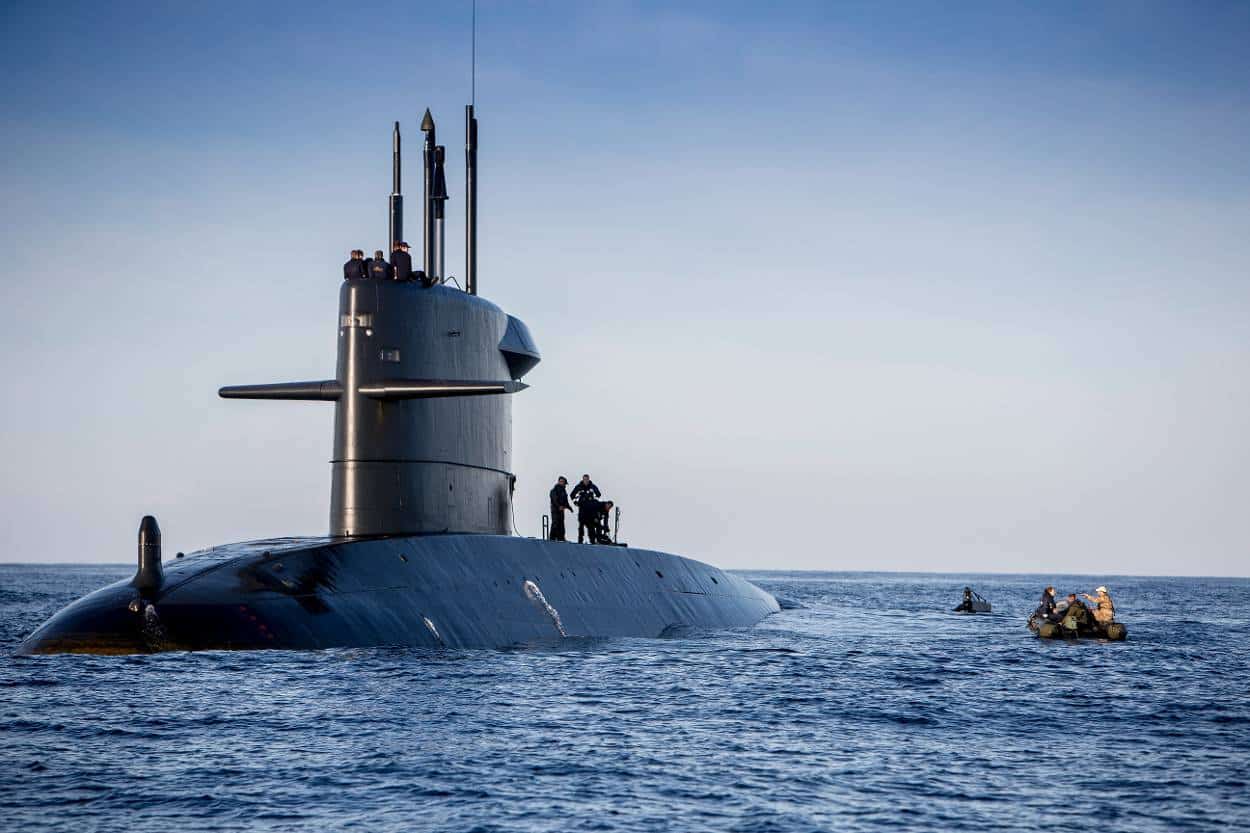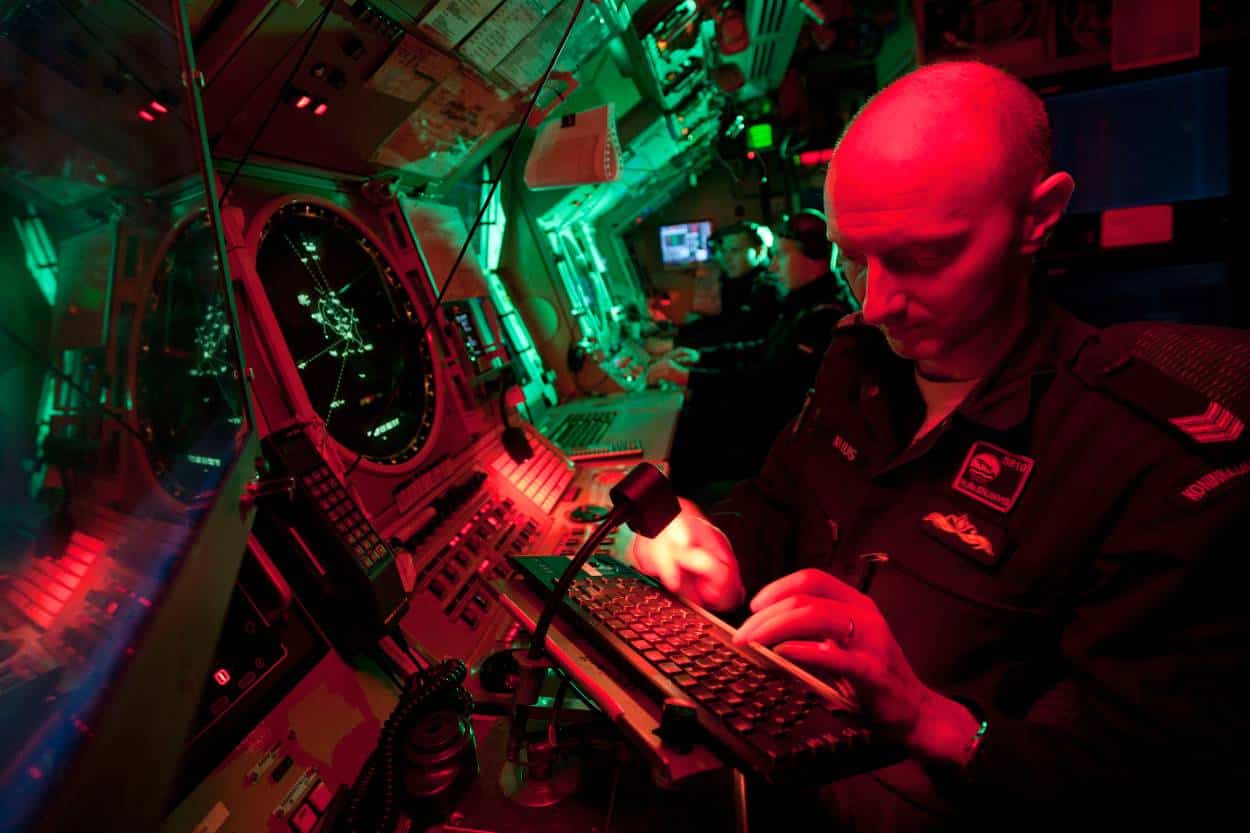The Walrus-class fleet comprises four ships, which include the S802 Walrus, S803 Zeeleeuw, S808 Dolfijn and S810 Bruinvis. The ships were built indigenously by the Rotterdamse Droogdok Mij (RDM), which was a Norwegian shipbuilding and ship repair company operating out of Rotterdam.
Advanced operation focused capabilities
The Walrus-class submarines are considered as one of the most advanced non-nuclear attack submarines in the world. They are known for their special stealth features. Once submerged, they are invisible, virtually silent and therefore very difficult to detect by ships, aircraft or other submarines. The submarines can remain submerged and carry out their mission for long periods of time.
They are distinguished by their relatively small size. This allows them to gather intelligence or conduct (coastal) reconnaissance even from ‘shallow’ water. Besides gathering intelligence undetected with their own sensors, the ships are also suitable as bases of operations for special operations forces, laying sea mines and detecting enemy submarines.
Class-leading innovations
The submarines were full of new innovations. One of the most innovative features of the Walrus-class is the way in which stern diving planes and rudders are configured. Rather than a cross-shaped assembly, they are installed in an X-form after-plane configuration. Another significant benefit is the extensive automation system onboard. Data-handling, sensors, weapons and platform control are all automated. This resulted in a smaller crew required to operate the submarine and other significant benefits in terms of stealth, noise reduction and operational effectiveness.
Key partner during the entire lifecycle
RH Marine was heavily involved during all stages of the design and construction phase. In addition to that, the company signed a multi-year modernization contract for the upkeep program of the Walrus-class in 2013. The Dutch Defence Materiel Organisation granted RH Marine the assignment to carry out the mechanical, engineering and electrical upgrade works on board the submarines.
The modernization program included a large number of modifications, such as disassembly, assembly and installation of a variety of equipment and systems. This ensured that the submarines remain effectively operational in service until at least 2025. The complex project is based on the intensive cooperation between the Royal Netherlands Navy, the Dutch industry and research institutes, with an key role for RH Marine as system integrator.
Future of the Walrus-class submarines
After over 30 years of service, it is time for the Walrus-class to be replaced by the next generation. The unique capabilities of the Dutch submarines are greatly valued within the NAVO and European alliances. The expectation is that the new submarines will be launched somewhere in the next decade. Until then, the Royal Navy and the Dutch submarine industry are working together to ensure the legendary Walrus class operates safely and reliably.


